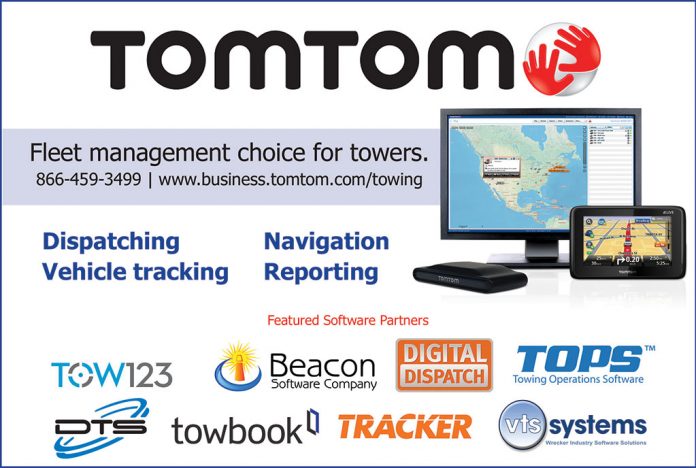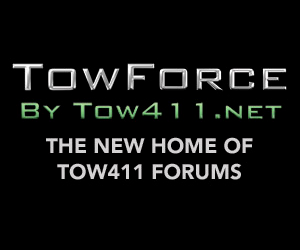By Matt Gunzenhaeuser
Today, the Department of Transportation (DOT) considers the act of sending or receiving information on a tablet or smartphone while the driver is behind the wheel of a commercial motor vehicle to be texting – which is prohibited for holders of
commercial licenses.
Luckily, the DOT specifically excludes GPS devices from this restriction. Today’s invehicle technology does so much more than provide turn-by-turn directions. More sophisticated telematics and mobile communications capabilities are easily replacing
mobile phones as the primary communications and dispatch platform for tow operators across the industry.
Smartphones vs. Telematics
We’ve established that, though they are great for communications, and even have GPS capabilities, using a mobile phone while behind the wheel is dangerous. And nNo one wants a distracted driver behind the wheel of one of your trucks – putting other people at risk, and opening up your business to liability issues.
By permanently installing a telematics system, businesses gain complete visibility into where their vehicles are and what they’re doing. With a steady stream of data on location and driver behavior, tow operators can ensure that their vehicles are being driven appropriately.
100 Percent Compliance
Another important benefit of telematics systems is their reliability. Workers can turn off, forget or ignore their handheld device. But a hardwired telematics system ensures you are always in touch with your trucks. More importantly, a smartphone can’t monitor driver behavior or PTO usage. Imagine sitting in the passenger seat next to every driver, every day. Suddenly, you’d have a fleet of vehicles that never sped, where harsh braking and hard steering where unheard of, and idling was just not an option.
Harsh braking is the best indicator of distracted driving. Today’s telematics systems can record this activity, which enables you to monitor and correct the behavior – and protect your business.
Live Traffic Data Reduces Liability Too
Reducing unnecessary drive time not only reduces your operational costs, but decreases the likelihood of being involved in an accident. The latest telematics technology using predictive traffic and truck attribute data ensures the most efficient routes are automatically available to the driver’s navigation system. If a significant incident causes an unexpected traffic delay, the connected navigation system can immediately re-route the vehicle. In addition to reducing drive time by routing around traffic delays, being stuck in traffic significantly increases the mileage to accident ratio.
Get the Right Data – Automatically
Telematics systems offer another important benefit that allows tow managers to quickly identify problems and solve them before they expose the company to risks.
Rather than wade through reports, try to graph accidents and maintenance issues over time, or collect anecdotal evidence about drivers’ habits behind the wheel, telematics systems can show you quickly if there’s a problem, and help you drill down to see what needs to be done.
Rather than wading through reports of all your good drivers, wouldn’t it be great to get an alert about one driver that’s consistently distracted, or speeding? The sophisticated reporting and alert capabilities in telematics systems can deliver this information to you without you having to go looking for it. And with today’s sophisticated reporting systems, you can customize those alerts easily – by setting parameters and benchmarks.
You can also run regular reports that look at trends that are most important to you.
###
Matt Gunzenhaeuser is Director of Sales at TomTom Telematics. Learn more at http://www.tomtomtelematics.com.









